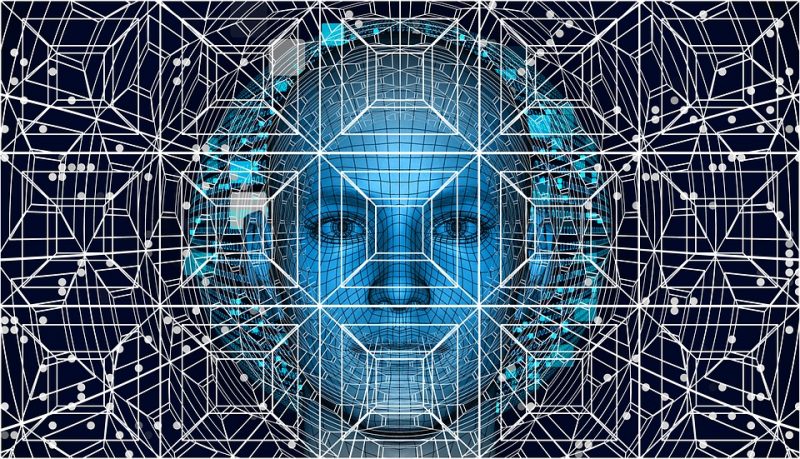
Limited by irrationality, individuals usually are not able to solve complicated problems. People thus turn to crowd wisdom for help. It is believed as collective intelligence that by sharing information and making a decision together, the collective will perform better than individuals.
This idea is even more important in the Internet era, as Internet has provided the possibility to connect numerous people and shown great potential for problem-solving. Loosely connected collectives by the Internet are viewed as the future form of organization. However, even facing the same problem, collectives may perform quite differently. How to fulfill the potential of collectives has always been an attractive question.
Instinctively, the rationality of the members and the network structure should be important factors for collective intelligence. But for academic research, it is difficult to carry on experiments or investigations on collectives, especially those with large size and dynamic members. Some researchers believe that the individual biases, which are the main factors limiting individual rationality, will cancel out each other and therefore, limit the capability of the collective no more. This idea is the basic hypothesis for collective intelligence. On the other hand, there also exists evidence showing that the biases in individual levels may exacerbate in the collective level. A possible situation may be that collective intelligence depends on other factors, such as network structure. Regarding network structure, some researchers have made progress by finding that networks with specific characteristics or structure have an influence on collective performance. The researchers, however, usually do not take the individual irrationality into consideration. More importantly, these researchers do not explain how individual irrationality or network structure influence collective intelligence.
We construct an agent-based simulation model to capture the dynamics of irrational individuals sharing knowledge and forming solutions, aiming to give a preliminary answer to the above questions. The advantage of agent-based models is that we may re-display and observe each step and provide detail explanations.
Our model is based on previous simulation models, which are used to simulate the knowledge transfer and integration. In these models, people (i.e. agents) face a problem that could be divided into N dimensions, each of which represents a dichotomy question. In other words, the collective aims to find the optimal solution in a problem space with 2N solutions. Each agent has his/her own solution and may improve it by integrating part of solutions from network neighbors who have better solutions. Regarding the networks, we consider the common structures, including regular networks, small world networks, random networks, scale-free networks, and the mixtures of the random and the scale-free networks. These networks have different characteristics, allowing us to clarify which characteristic is more important. We model individual irrationality by allowing agents insist on some dimensions of his/her own solutions and refuse to change. In other words, these agents filter information from others on some fixed dimensions of the problem according to their beliefs, which limit their capability to explore the whole problem space. The knowledge level of an individual is the extent to which his/her solution matches the optimal solution.
We measure collective intelligence through three aspects: 1) the mean of individual knowledge levels reflects the quality of knowledge integration; 2) the number of simulation rounds when the system reaches equilibrium, which is the state where all the agents have integrated the solutions of others so that the solutions almost stay unchanged, reflects the time efficiency of knowledge integration; 3) the extent to which the individual knowledge is different with each other (i.e., the knowledge diversity) when the equilibrium is reached reflects the opposite of consensus or unity.
We carry on thousands of simulation experiments to explore if there are rules in the dynamic process of solution searching. We find that individual irrationality and network density are the most influential factors. A moderate degree of irrationality results in moderate knowledge unity and superior quality of knowledge integration. This implies that using part of the information may be better than using all, as for individuals who may learn from the neighborhood, using too much information may lead to rapid convergence to suboptimal solutions.
Increasing network connections or decreasing average path length can promote both quality of knowledge integration and knowledge unity. Furthermore, the average path length is more influential than clustering coefficient and centralization. Less clustering may contribute to higher quality of knowledge integration, while higher centralization may contribute to higher knowledge unity. This result highlights the advantage of dense networks and scale-free networks, which have short average path length. Therefore, the mechanisms that increase connections or scale-free effects such as reputation or status may be useful for collective intelligence.
Our work provided a theoretical tool to get an initial insight into collective intelligence. Future research may extend our model by taking more complicated factors into consideration, such as personnel turnover, learning speed, or knowledge integration methods.
The study, Individual irrationality, network structure, and collective intelligence: An agent-based simulation approach was recently published in the journal Complexity. This work was led by Bo Xu from the School of Management, Shaanxi.









